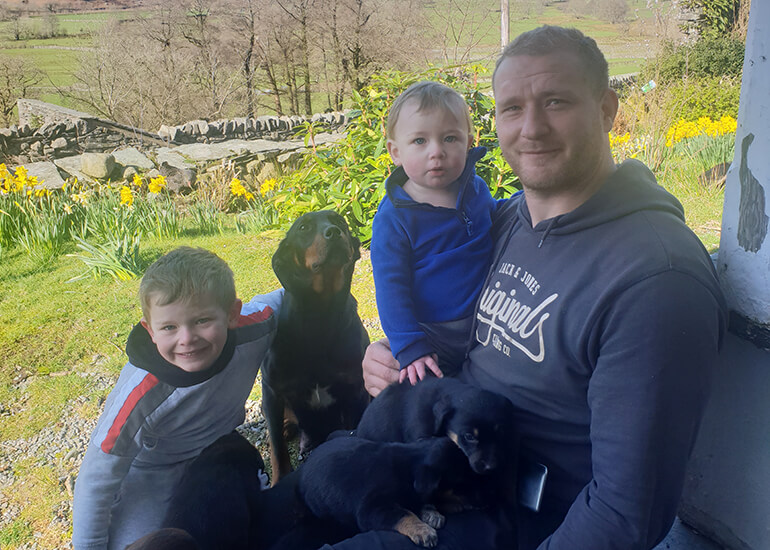
Harry Place Farm
Jont is the 2nd generation to farm at Harry Place, his Dad farmed here for over 40 years. Jont is one of 6 (5 boys and 1 girl), is the youngest and was actually born in Harry Place bathroom on a lovely summers evening. Rumour has it when he was born his mum just went back to milking the cows. Nearly all Jonts' family have something to do with farming or farm themselves. Jont left Harry Place when he was around 2 for a few years and ended up over in Yorkshire for a while. He yearned for home and came back at around 12 and then stayed until he met myself (Nicola). Jont was born to farm and people often say with a farmer it's in their DNA and this seems to have followed suit with his 3 children, Jonts' only other passion is rugby (well that and cider) and he has just seen his last season as Windermere captain.Change of career
Nicola was born and raised in Ormskirk. Travelling was a passion as well as progressing within her career. Nicola worked for over 15 years in a corporate sector as Head of Retail for a well known brand and after a pretty stressful year, Nicola decided to celebrate New Year up in Langdale, as her mum had moved up her. She met Jont in local walkers pub an hour before midnight and within 3 months Nicola moved up & has been here ever since.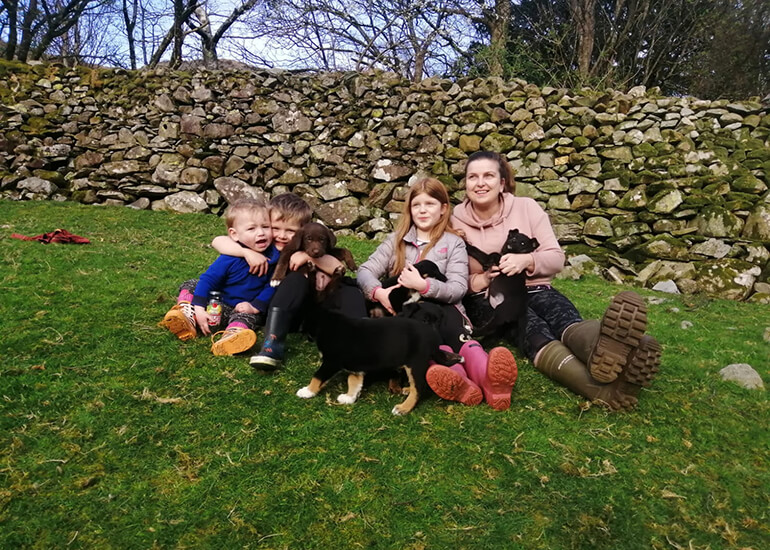
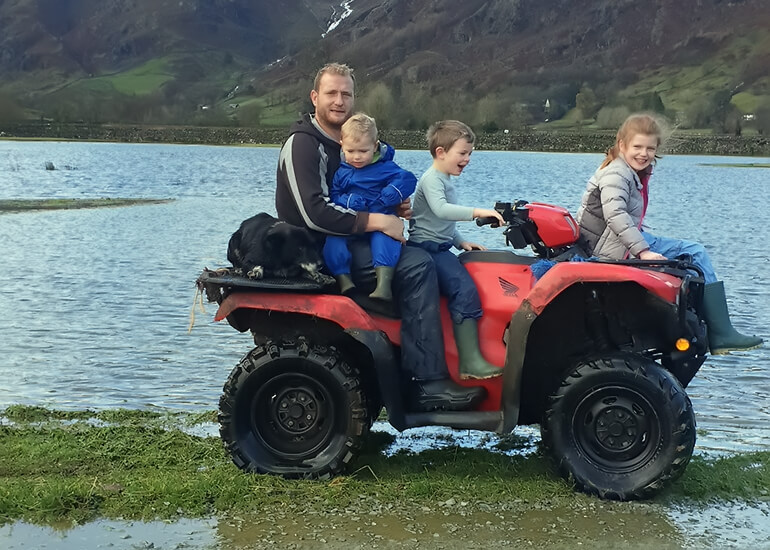
Our family
The family now comprises of 3 children, all feral and with a passion for farming and the great outdoors. We farm sheep & due to keeping the farm viable, Jont is often off working on other farms, things like dry stone walling, shearing, lambing and gathering form the farming calendar and there is always nearly something to do. It's pretty normal to see the whole family flying about on the quad as well as a couple of working dogs sitting on the back for good measure.The National Trust
The farm is owned by the National Trust but in 1974 an Agricultural Holding Act was passed which meant there was more protection for tenanted farms. Most farms these days are let on a 15 year tenancy and this can cause problems if you want to try and invest to create a sustainable business. With this Agricultural Act it means the tenancy is life long and also it can pass to three generations - Jont is the 2nd generation thus meaning his children will have the opportunity to farm.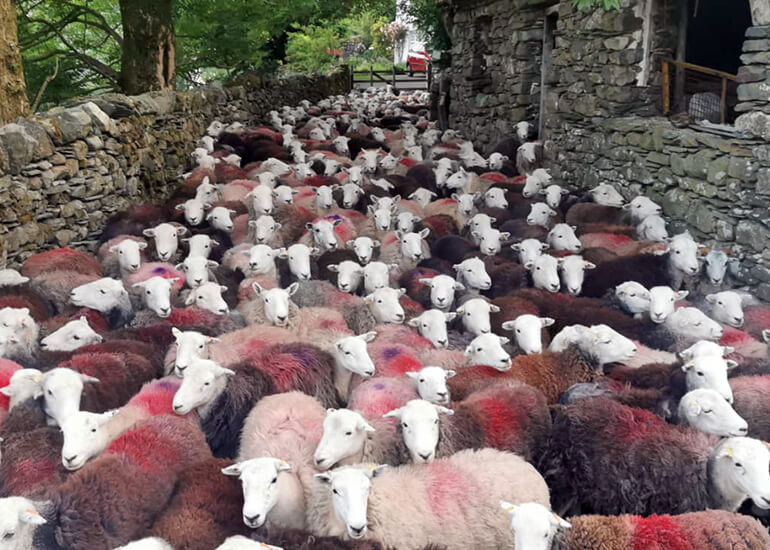
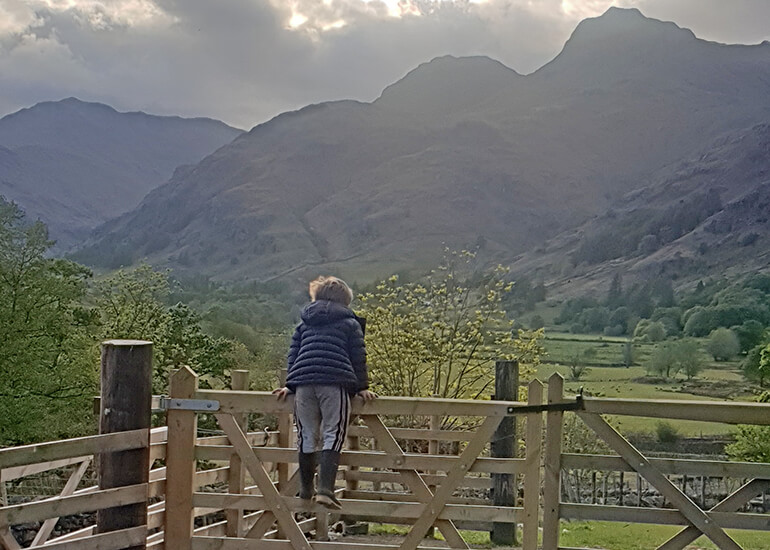
Farm diversification
Farming has an uncertain future hence why most farms have to diversify or are trying to do so. There are over 50 National Trust tenanted farms in the Lake District and only a few have hereditary tenancy on them. Fell farming can be difficult and there is always a debate between many governing bodies if the stock numbers should be reduced on the fells. Everyone seems to have a different view which can be pretty difficult for the farming community, if you're trying to plan and have direction for the farm/business. A lot of farms are propped up by government subsides and these are all being phased out by 2028. At this stage there is no plan or support system in place to help farms and the land they maintain.A brief history
Many farms are named after the people who lived there, it is most probable that this one was named after the Harrisons in the 1600s. It is another old farm holding but showing different architectural features as it has rounded chimneys and pointed windows. Originally it had five bedrooms, four on the front and one at the back but this has been recently made into a bathroom.
Perched on a raised piece of ground the situation is beautiful with fine views right up the valley to the Pikes, Crinkle Crags, and Bowfell.
Early records show a stock of 158 sheep. The mark was forked both ears and the smit mark was an inverted ‘V’ on the nearside. A while back the sheep were given an ‘I’ face burn but this was never very good so that it was finally left off.
Extract from Life In Langdale - Memoirs of a Lakeland Farmer
Tom Fletcher Buntin